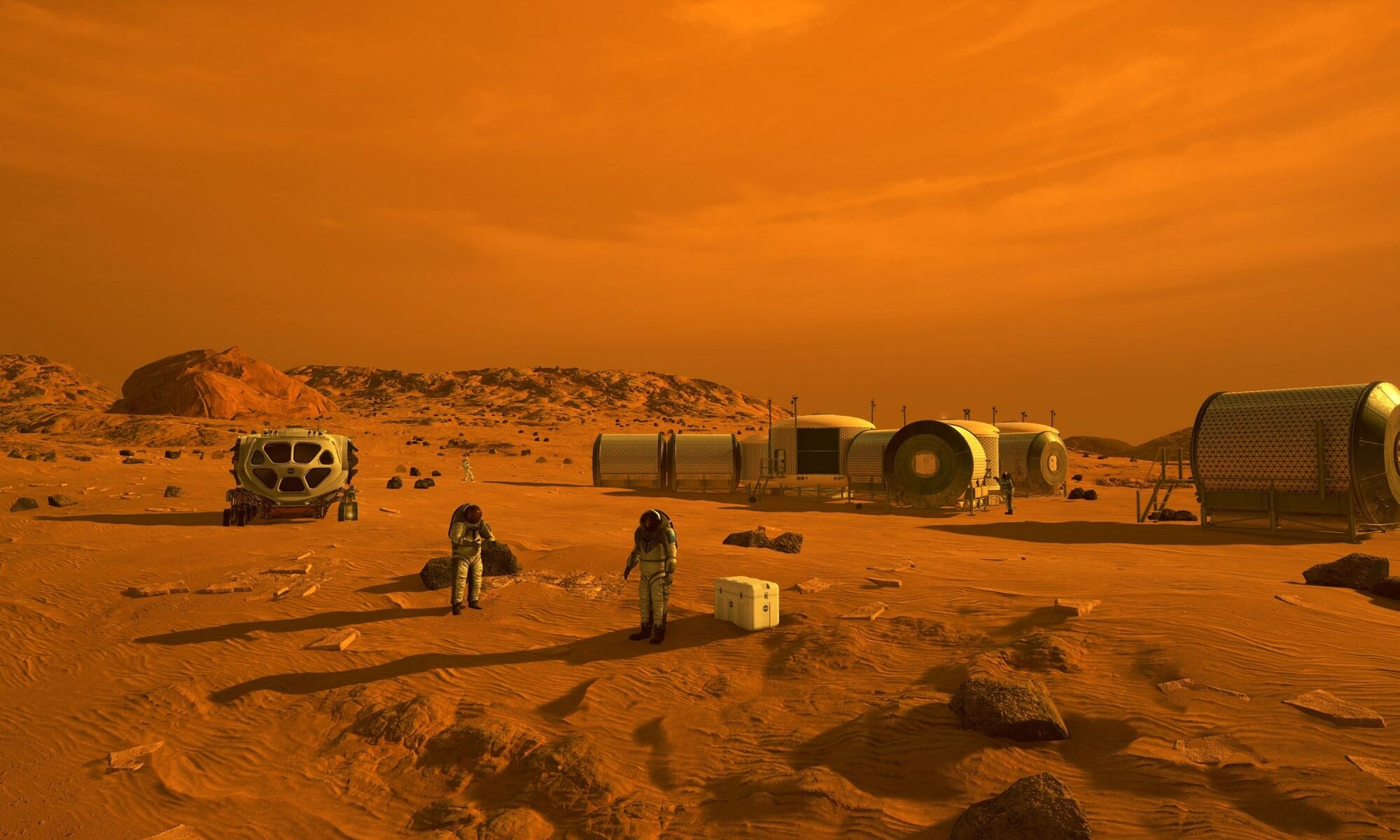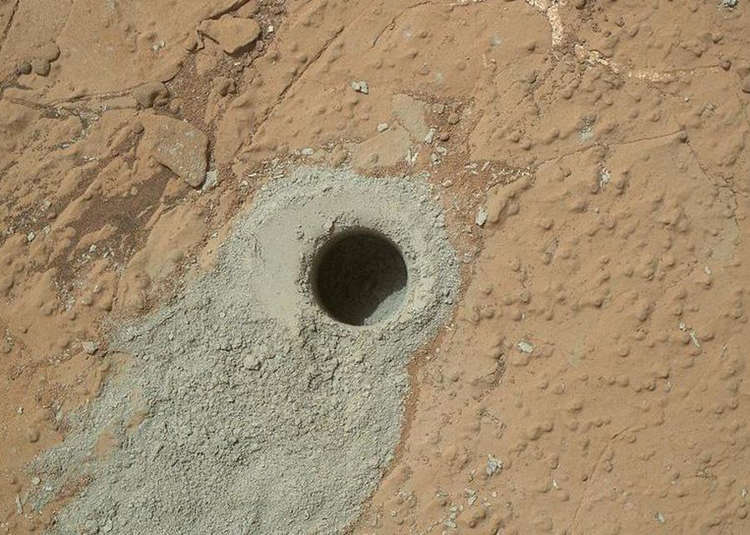‘Glaciers’ on Mars could point to perfect landing site for humans.
A lovely flat spot on Mars features some newly discovered sinuous glacial formations.
The following written content by Amanda Kooser

Water is life, whether you’re a human on Earth or the first person to set foot on Mars. If Mars settlements are going to happen, human explorers will need to get water supplies from Mars itself. A new study of possible “glaciers” on the red planet points to an area that it says could be “perfect for future Mars landings.”
Scientists have been researching subsurface ice on Mars for years and have already put forward the idea of matching up ice formations and potential landing sites for future human visitors.
In 2019, NASA released a “treasure map” of water ice deposits, some of which could possibly be reached with a shovel. Arcadia Planitia was on NASA’s list of hot spots for ice. The new study, led by planetary geologists at Western University in Canada, helps to dial in a potential site for landing a spacecraft in this region.
The paper, published in the journal Icarus in May, details some fascinating “sinuous, flowing, glacier-like features below the Martian surface” in Arcadia Planitia.

Water — which is heavy and difficult to ship through space in large quantities — will be needed for drinking and other human activities on Mars, and it’s also a key component for making rocket fuel away from Earth.
Lead author Shannon Hibbard, a Ph.D. candidate at Western University, is hoping Earth can help explain the unusual features. “We have not seen anything quite like this on Mars, so we look to Earth where streams of ice within ice sheets can exist with no obvious control from surface topography. On Earth, these are known as ice streams,” said Hibbard in a Western University statement last month.
The research team isn’t ready to declare the formations are definitely ice streams, but Hibbard said “it is possible that at some point subglacial water was present at this location on Mars, but it is unclear how much and for how long.”
The study site covered by the paper is flat, which would make it a good candidate for landing a spacecraft. Combined with the likelihood of near-surface ice, it could be an ideal place to send human visitors. If water was flowing there, it could also be a lovely spot to look for signs of microbial life.
Locating water ice on Mars is one thing; making it usable is another. Read more from Cnet.





